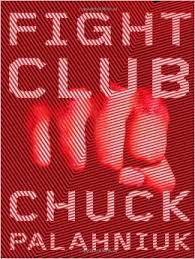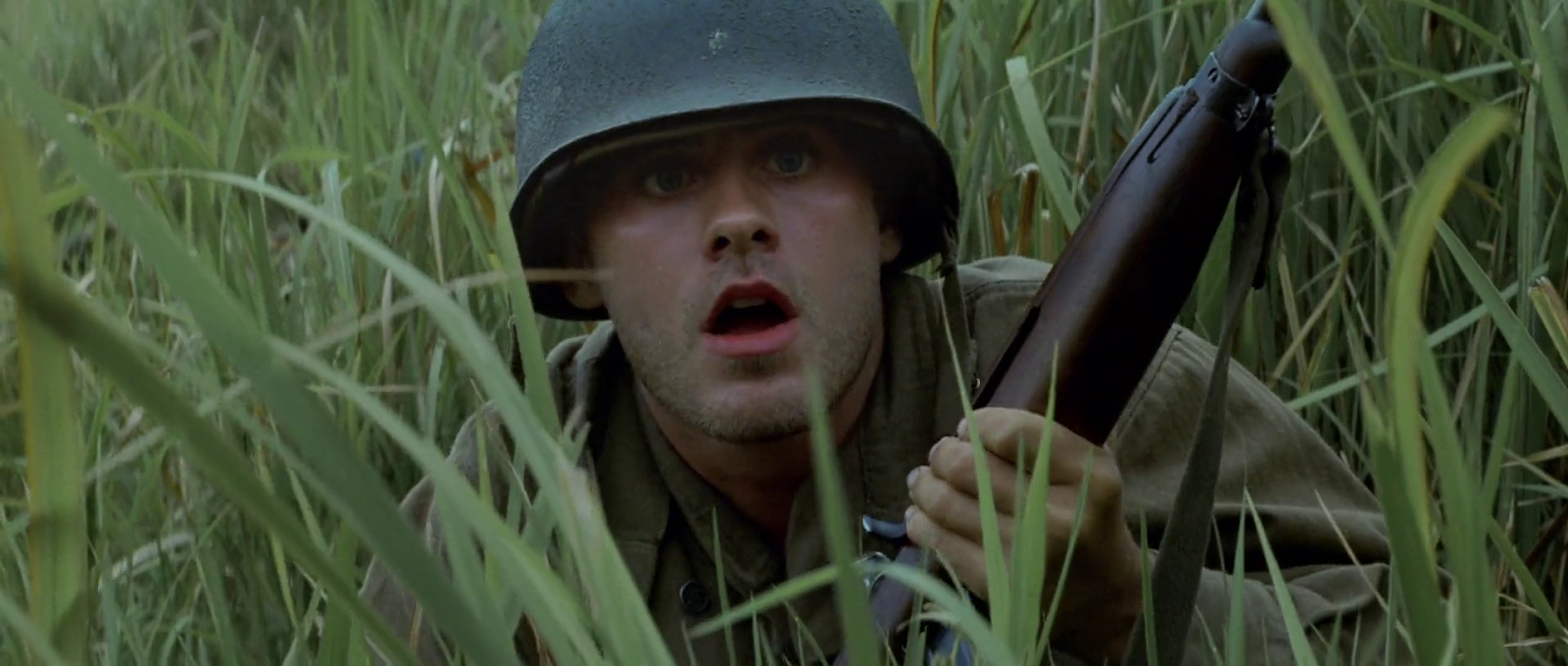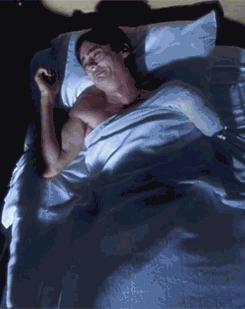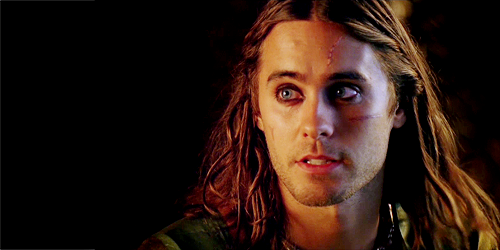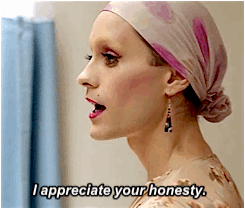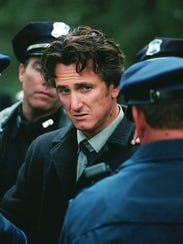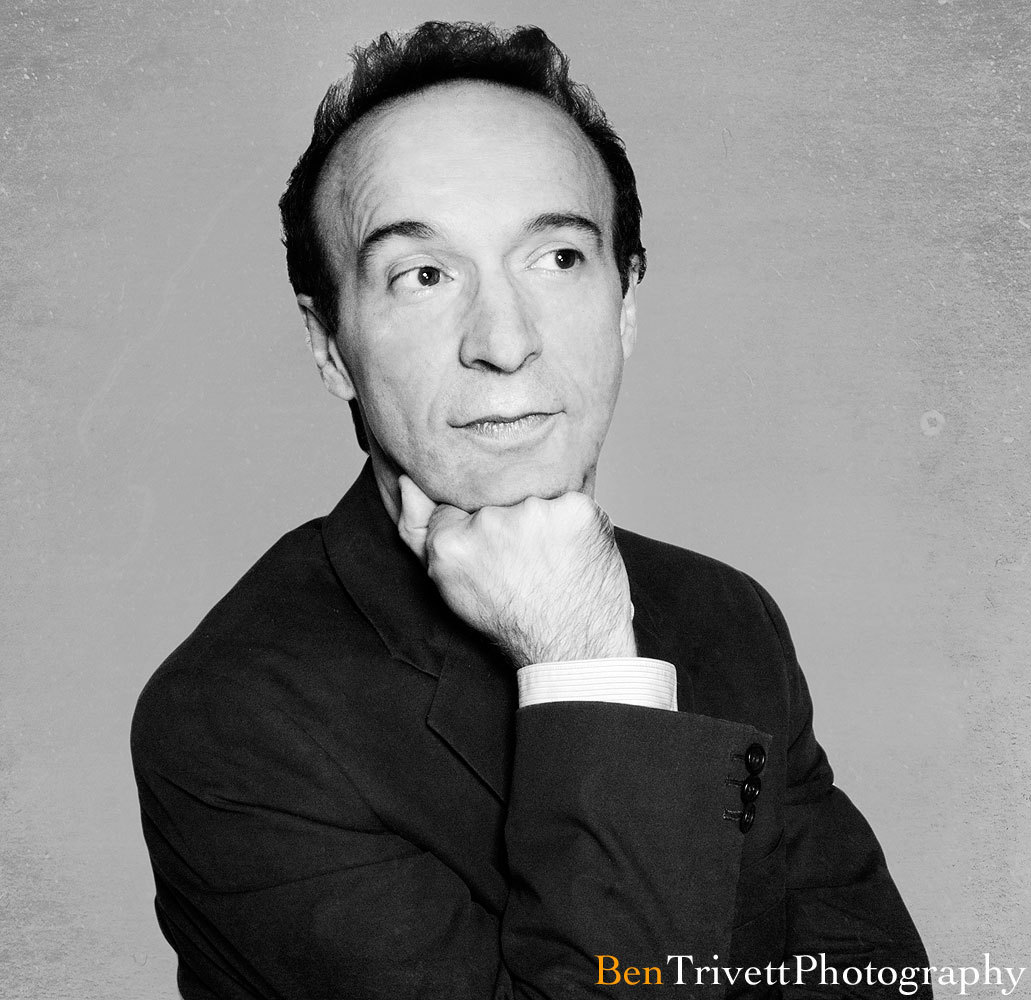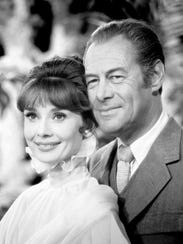I read Chuck Palahniuk’s Fight Club a couple of years ago but had never seen the film until we watched it in class. I was immediately much more enthralled in the story and the characters than I had been when reading the book. This got me thinking, because I tend to think that the book version of a story is better than the movie version, why was Fight Club better as a film than as a novel?
For one, the story was able to flow so much better visually than in print. The novel was rather disjointed and at times I thought it was hard to follow. Perhaps, this can be traced to the fact that Palahniuk said he had not planned out to have two alter-egos of the same person portrayed as the same character. Since the film makers knew this going into the film, they were able to drop more subtle clues that viewers can pick up subconsciously or consciously on. This makes the ultimate revelation that Tyler and the narrator are the same person more believable. It also allows for people to rewatch the film over and over again to reanalyze the clues leading up to the reveal.
Also in relation to the convoluted writing in the book, is the film’s decision to romanticize the movie. In the book, Marla’s character wasn’t as well developed and the relationship between Marla and the narrator was not as emphasized as in the movie. I think by shifting the focus to make the film more romantic, allowed for greater depth to be added. It brought together the film better, especially at the end, with the idea that the “man has reached a point where he can commit to a woman”. I think that Marla also helped to add to the psyche of the narrator, especially through Fincher’s decisions such as having Tyler styled similarly as Marla and Marla replacing the penguin in the narrator’s psyche.
The addition of Marla as more of a significant character, also lead to the changing of the ending. In the novel, the narrator shoots himself to get rid of Tyler and ends up in an asylum that he believes is heaven and hints at the fact that Project Mayhem will continue. This is in sharp contrast to the film’s ending that shows the buildings collapsing and the narrator returning to sanity and getting to be with Marla. This shift in endings brings the story to a close better, and reflects the romanticizing of the story and brings together a better close to the narrator’s storyline.
Finally, I simply think that the visual media allowed for the story’s anti-consumer culture message to be conveyed better. Through Fincher’s direction, different logos and aspects of consumer culture were better highlighted than simply stating them in the novel. Even subtle choices, such as in the scene when Fincher shoots from the inside of the fridge, are used to show how people’s lives (especially aimed at men) are driven by the consumer needs and other basic needs are overlooked.
Overall, I enjoyed Fight Club better as a film rather than as a book. I wonder if someone who had seen the movie first and then read the book would find similar issues as I did, or if I was more biased by reading the book first. In all, I believe that through Fincher’s direction Fight Club was able to portray its messages better in film version.
http://edition.cnn.com/chat/transcripts/palahniuk.html
http://www.cracked.com/article_20287_5-movies-that-improved-book-according-to-author.html

